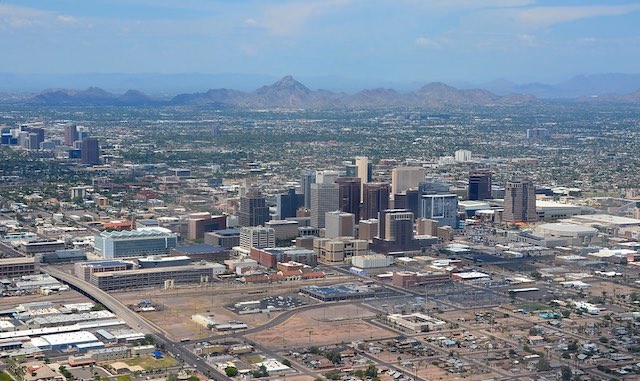In a controversial ruling, the New York Court of Appeals recently decided that elephants are not people with constitutional rights. While this would seem to be a no-brainer, animal rights advocates believe that giving animals more rights is a natural progression from a few hundred years ago when only the aristocracy had what we conventionally regard as human rights. Since then, rights were extended first to property owners, then all white men, then women, and then blacks and other minorities.
Elephants at the Bronx Zoo. Photo by Wally Gobetz.
In the New York case, two elephants in the Bronx Zoo were forced to live together in a confined area even though they did not get along. A group called the Nonhuman Rights Project argued that such imprisonment violates the right of habeas corpus and the elephants should be allowed to sue so that they could be released into a larger sanctuary. Continue reading














